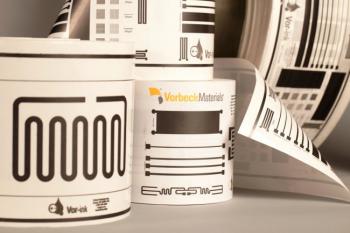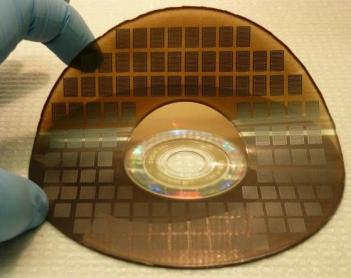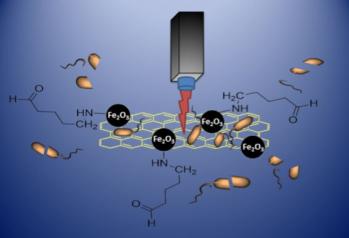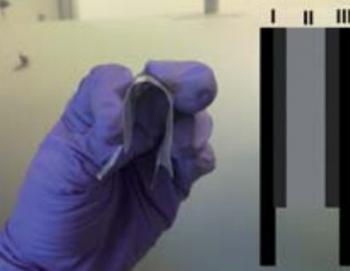More details about Duke's graphene-based artificial muscle research
Back in January we reported about Duke University's study into crumpling and unfolding of large area graphene. This enables all sorts of applications, including artificial muscles. AzoNano posted an interesting interview with Duke's Assistant Professor Xuanhe Zhao.
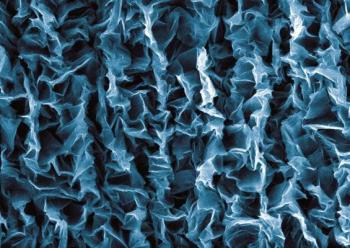
Xuanhe says that crumbled graphene electrodes have a number of advantages - such as lightweight, high transparency, and superhydrophobicity. The team still needs to achieve a systematic understanding of the crumpling and unfolding of graphene, and they also need to develop a way to fabricate such devices for large-scale production.

